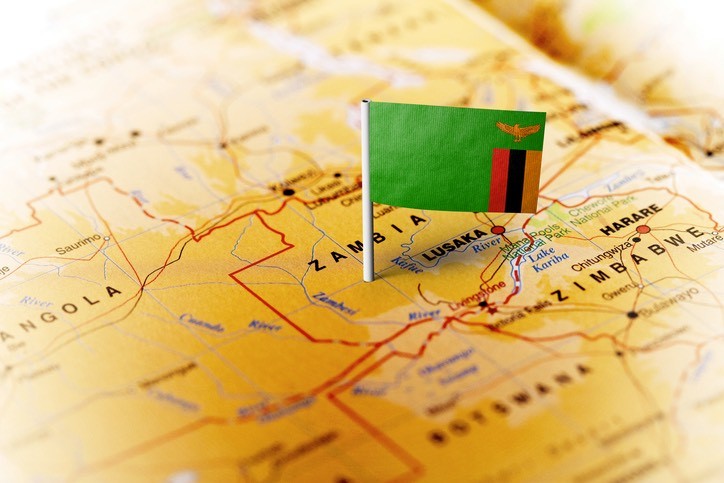Zambia’s economy is continuing to recover, but its economic growth rate is expected to improve only modestly this year—to 3.8% in 2017 from 3.6% in 2016—according to an Economic Brief released by the World Bank today. The brief says that, despite a bumper harvest, improved electricity generation, and an easing of monetary policy, the country’s economic recovery has remained subdued because of weak performances in the service, mining, and construction sectors.
Growth is expected to strengthen, however, in coming years—to 4.3% in 2018 and 4.7% in 2019. This forecast assumes the government will continue to implement its economic reform program, Zambia Plus.
The economic brief, ‘How Zambia Can Borrow Without Sorrow’, highlights Zambia’s tapping of debt capital markets. It says that having many sources of borrowing requires a new, more active approach to debt management that contrasts with the passive debt management approach adopted since Zambia was granted debt relief about ten years ago. Being active, it says, means implementing a well-crafted strategy to reduce the cost of borrowing, extend its terms, and diversify the sources of debt funding.
“Opportunities for finance should not be an automatic cause for celebration and signatures. Instead, a careful strategy and improved debt management is required,” said Gregory Smith, World Bank Senior Economist. “The debt needs to be managed carefully and the proceeds of borrowing shrewdly invested.”
Debt is an important source of development finance and a key tool for eradicating poverty. Countries all over the world borrow to finance their investment and development. Zambia is no different. On top of this, it has huge and immediate needs for infrastructure.
“There remains a need to look closely at ways to improve debt management to ensure that economic growth has sustainable foundations and that borrowed money is invested wisely to ensure inclusive growth,” said Ina-Marlene Ruthenberg, World Bank Country Manager for Zambia.


